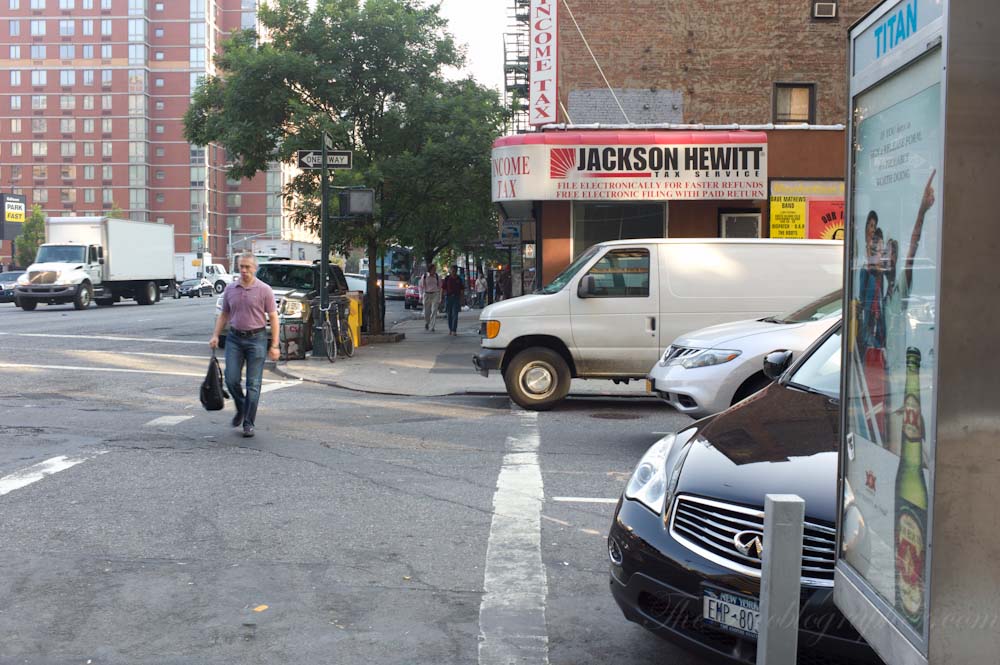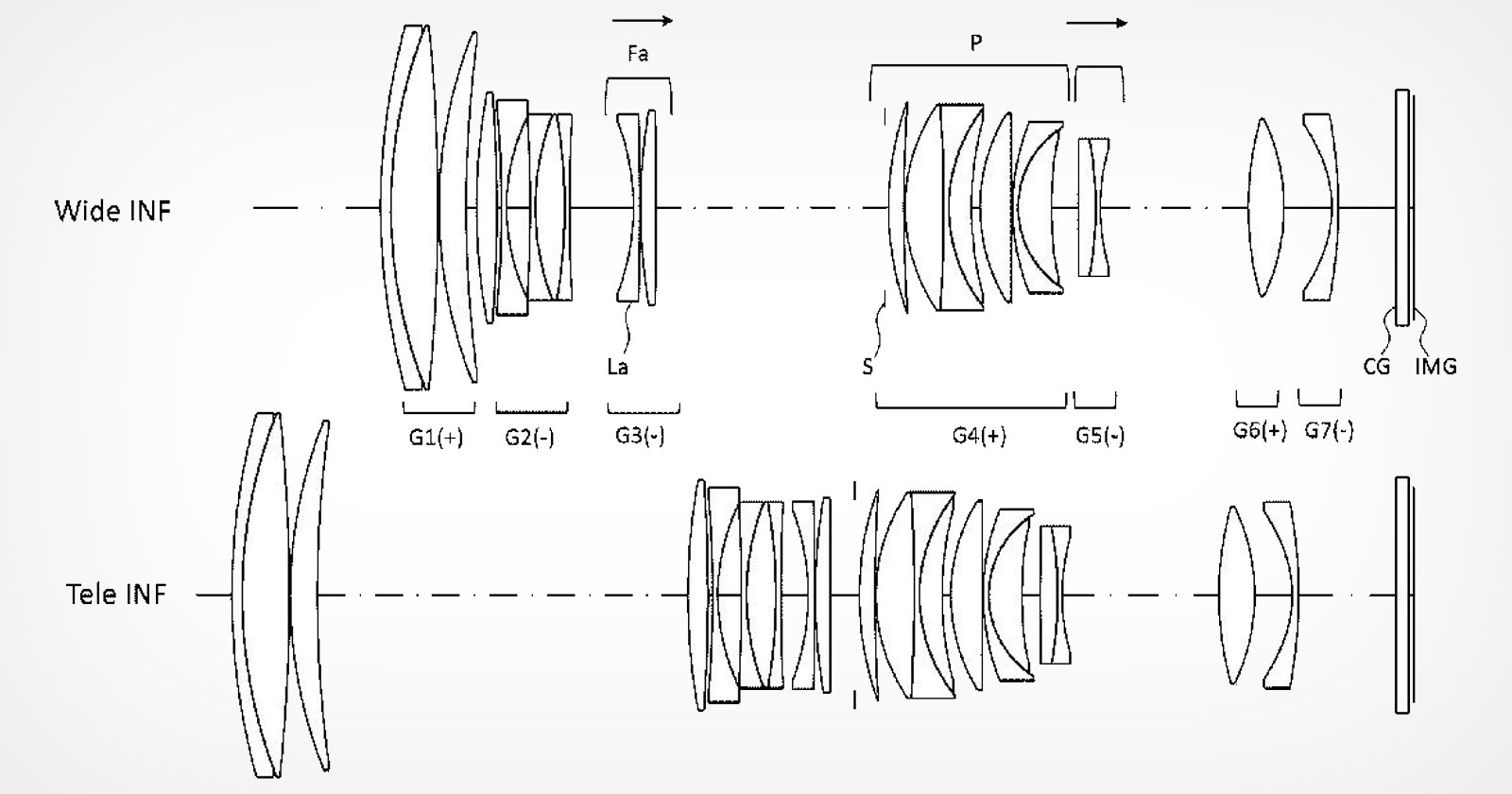
These days, lots of photographers don’t shoot photos according to the histogram. Instead, they look at the exposure preview and work off of that. But it’s good to know and understand what the histogram can do for you. In this post, we’re rounding up a bunch of tips that we’ve previously talked about in this one guide to the histogram.
This guide to the histogram is meant to help newer photographers more than anything. Over our 13 years as a site, we’ve done various articles on the histogram in different ways. There’s a lot to take in. And arguably, some of us don’t really need it anymore. I, for example, never shoot with it in mind. But that’s because of the way I shoot. I typically shoot like I’m shooting slide film. If you’re shooting photos with the intent of editing the photos later on in post-production, then you should consider the histogram.
This especially goes for folks who like high dynamic range images. Not all of us do. In fact, I really like seeing highlights completely blown out. I also believe that very deep black levels make the eye think that the image is sharper than it really is. So here are some tips on how to use the histogram where you can make your own decisions later on.
Consider also picking up a resource book about them too.
What is a Histogram
Here’s a quote from a previous article we did:
Histograms are charts that are designed to convey the information that an image currently has. They are created as the file is created from the camera and shift themselves accordingly as your image is edited. Photographers spending time in Lightroom or Photoshop changing the exposure level or color levels will see the Histogram shift in one direction or another.
What Does a Histogram Do?
Here’s a quote from a previous article we did:
As a review, the histogram shows how much of the scene you’re capturing will register as shadows, midtones, and highlights. The left side shows the shadow detail, the middle part shows the midtones, and the right side shows the highlights. So, the graph tells you what your overall exposure looks like. Keep in mind that different scenes will produce different histograms, so it’s important to check if the reading you’re getting is reflecting what you actually want to capture.
Reading a Histogram (And Our Own Guide to the Histogram)
Here’s a quote from an article we previously did. Also take a look at our guide to the histogram infographic we did above.
Histograms are graphs at their core. While their appearance can vary between different camera manufacturer’s user interfaces and raw editing software, they all typically look like some variation of a line graph. This means histograms basically follow the same conventions that go into creating line graphs. The X-axis (horizontal) is generally used to indicate the light value, going from dark to light pixels from left to right. The Y-axis (vertical) is used to indicate the amount of said light value that is present. Depending on your camera or software, the various lines within the histogram correspond to how much highlights, mid-tones, shadows, and color information are present within an image. Also, remember that although histograms are useful guides, you’re ultimately the creative behind the camera. Depending on how you want your final image to appear, you may sometimes want to intentionally over or underexpose it, resulting in a histogram that looks “wrong.”
The Basics of the Histogram
Here’s a quote from an article we did on this subject:
Good editing and histograms start with shooting them to begin with. The image that we’re working with and that you’ll see later will show you exactly what happens when images are edited accordingly.
Here’s the basics:
The left skews towards the shadows
The right skews towards the highlights
The middle is the balanced midtones.
Essentially what you want to get for a more uniform viewing experience is something that is very balanced all around. Of course, this also varies based on your own creative vision and whether you like the look of a super dark image or a super bright one. But keep all of this in mind as you edit.
Understand Contrast
Here’s a quote from an article we did on contrast and histograms.
Contrast quite literally talks about the difference between the brightest brights and the darkest darks. If the full gamut isn’t in there, then it’s a high-contrast image. Bring any photo into your favorite editing software and just play with the files. This tends to make things pop at the expense of details. But modern camera sensors and coatings tend to mitigate that. This can fool the eye into thinking it’s sharper than it really is. If you look closely at images from medium format lenses, you can see just how sharp they are. They’re doing this with the low contrast of film. But when you add it to an already sharp optic, the images look even sharper.
Histograms Are Based on JPEG Settings Not RAWs
Here’s a quote from an article where we state this:
Also, he reminds us that the histogram we see in-camera is based on the JPEG version, not the RAW file, which shows the most accurate reading. This is why it’s important to shoot in RAW because you wind up with a bigger latitude in post. Lastly, he tells us that different lenses will produce different histogram results of the same scene because each lens tends to let in light differently.





